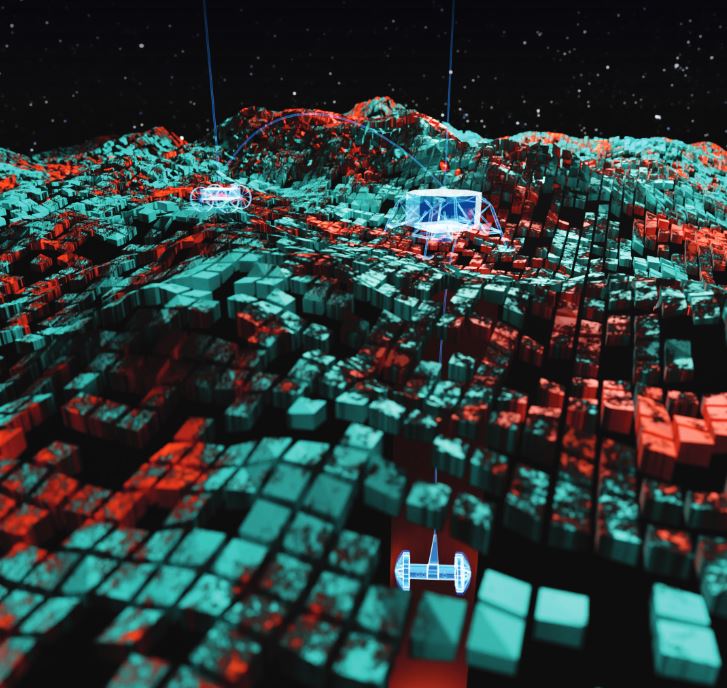Guidance, Navigation, and Control Technology Assessment for Future Planetary Science Missions | Part III. Surface and Subsurface Guidance, Navigation, and Control
| Language |
|
|---|
Publication No.: JPL D-110031
Forward
Future planetary explorations envisioned by the National Research Council’s (NRC’s) Origins, Worlds, and Life: A Decadal Strategy for Planetary Science and Astrobiology 2023–2032, developed at the request of NASA’s Science Mission Directorate (SMD) Planetary Science Division (PSD), seek to reach targets of broad scientific interest across the solar system. This goal can be achieved by missions with next-generation capabilities, such as innovative interplanetary trajectory solutions, highly accurate landings, the ability to be in close proximity to targets of interest, advanced pointing precision, multiple spacecraft operating in collaboration, multi-target tours, and advanced robotic surface exploration. Advancements in guidance, navigation, and control (GN&C) and mission design—ranging from software and algorithm development to new sensors—will be necessary to enable these future missions.
Spacecraft GN&C technologies have been evolving since the launch of the first rocket. Guidance is defined as the onboard determination of the desired path of travel from the vehicle’s original location to a designated target. Navigation is defined as the science behind transporting ships, aircraft, or spacecraft from place to place, particularly the method of determining position, course, and distance traveled as well as the time reference. Control is defined as the onboard manipulation of vehicle steering controls to track guidance commands while maintaining vehicle pointing with the required precision. As missions become more complex, technological demands on GN&C increase, so continuous technological progress is necessary. Recognizing the significance of this research, the NRC of the National Academies listed many GN&C technologies as top priorities in the recently released NASA Space Technology Roadmaps and Priorities: Restoring NASA’s Technological Edge and Paving the Way for a New Era in Space.
This document—Part III: Surface and Subsurface Guidance, Navigation, and Control—is the third in a series of four technology assessments evaluating the capabilities and technologies needed for future missions pursuing SMD PSD’s scientific goals. These reports cover the status of technologies and provide findings and recommendations to NASA PSD for future needs in GN&C and mission design technologies. Part I: Onboard and Ground Navigation and Mission Design covers planetary mission design in general, as well as the estimation and control of vehicle flight paths when flight path and attitude dynamics may be treated as decoupled or only loosely coupled (as is the case the majority of the time in a typical planetary mission). Part II: Onboard Guidance, Navigation, and Control, covers attitude estimation and control in general, as well as the estimation and control of vehicle flight paths when flight path and attitude dynamics are strongly coupled (as is the case during certain critical phases, such as entry, descent, and landing, in some planetary missions). Part III: Surface and Subsurface Guidance, Navigation, and Control, examines GN&C for vehicles that are not in free flight but that operate on and below the surface of a natural body of the solar system. Part IV: Aerial Guidance, Navigation, and Control, examines GN&C for heavier-than-air and lighter-than-air vehicles in buoyant or sustained free flight in the atmospheric environment of a natural body of the solar system. Together, these documents provide the PSD with a roadmap for achieving science missions in the next decade.
Patricia M. Beauchamp
Engineering and Science Directorate
Jet Propulsion Laboratory, California Institute of Technology
February 28, 2023
























